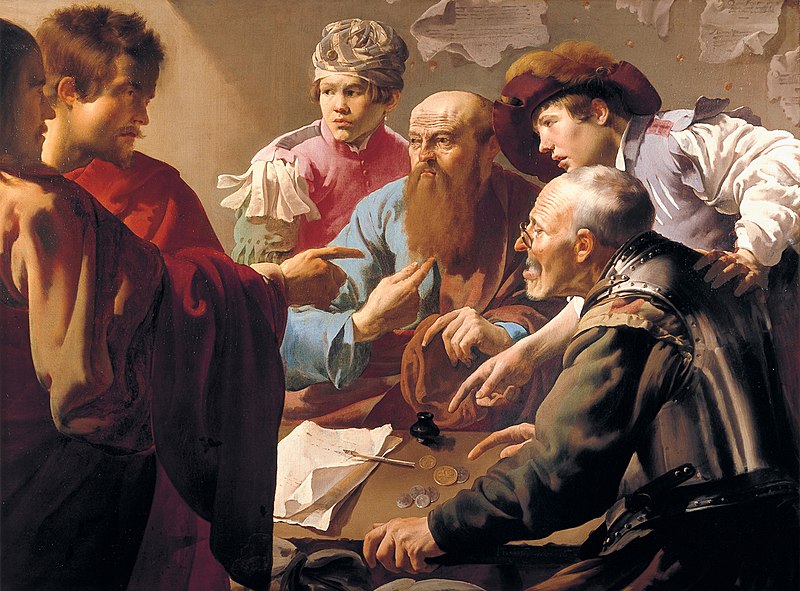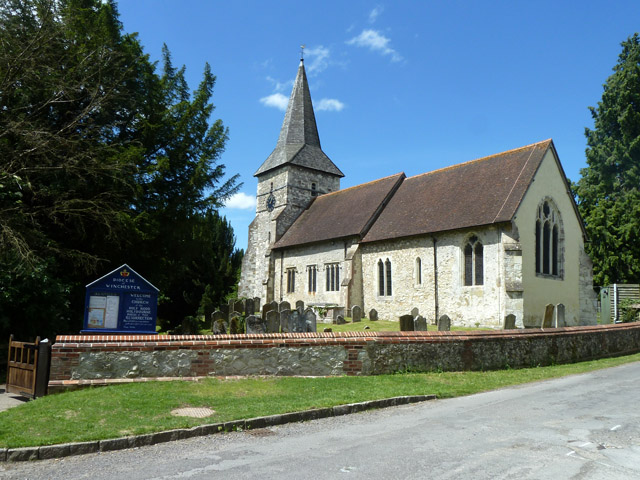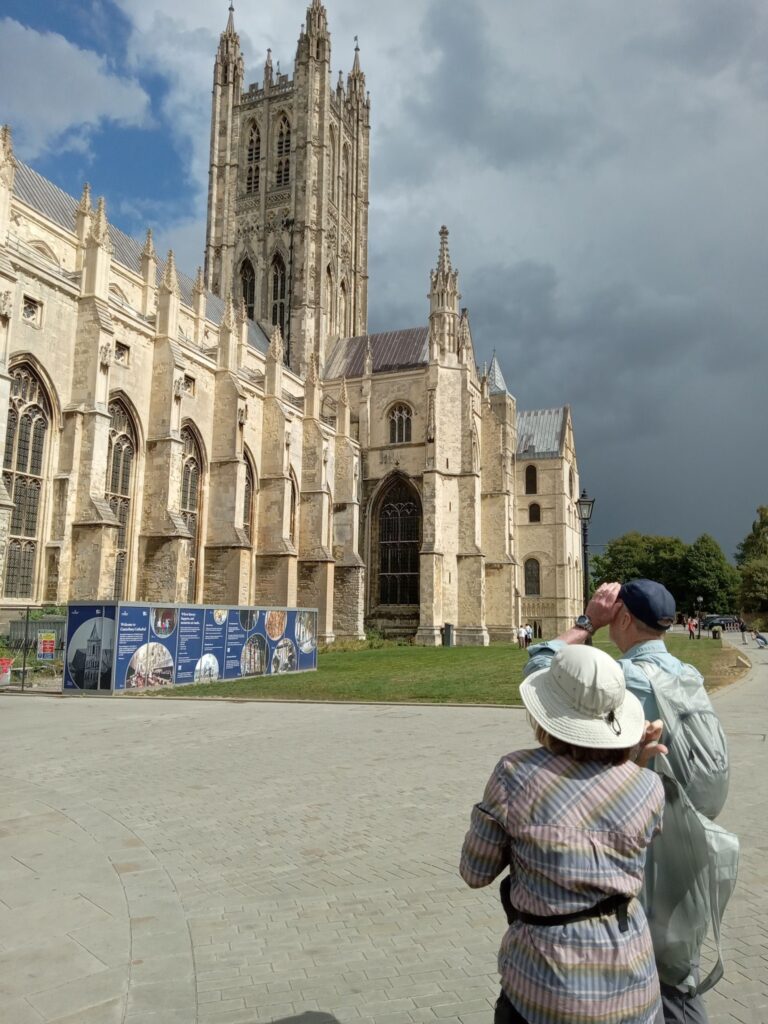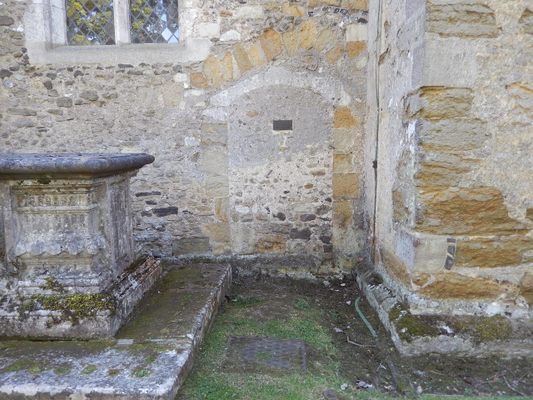* * * *
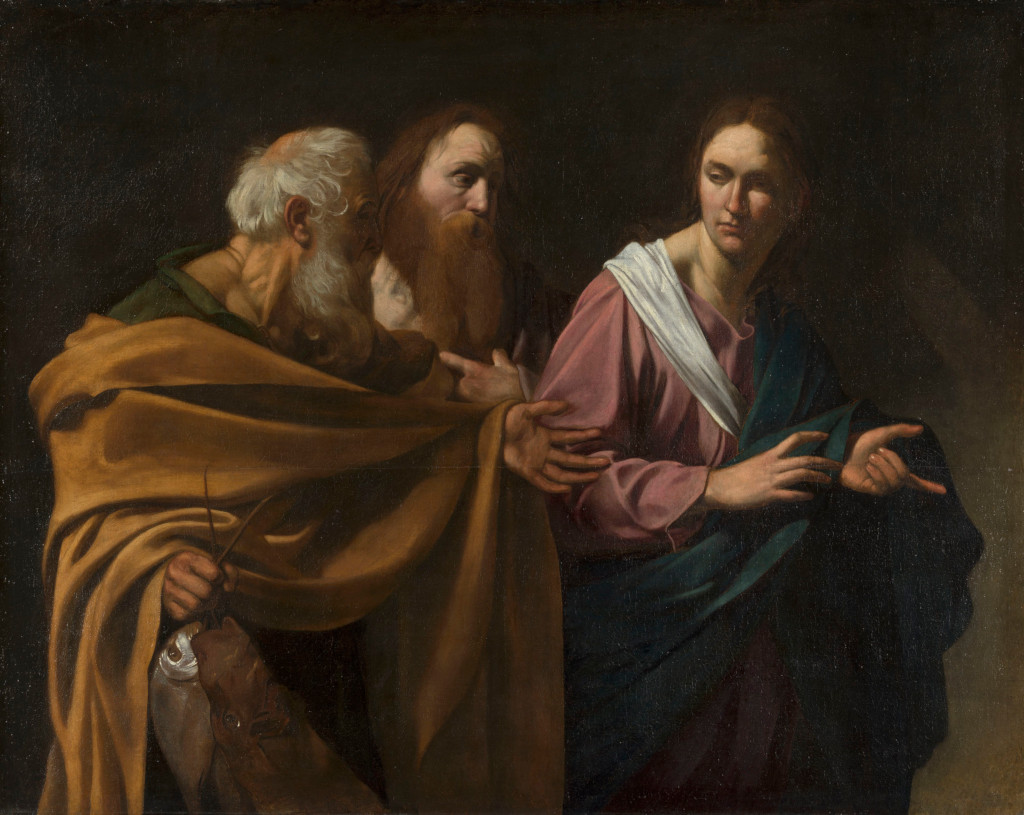
* * * *
November 27, 2025 – This year Thanksgiving fell on Thursday, November 27th. Three days later comes the First Sunday of Advent and the feast of St Andrew. (Both on November 30, but officially “Andy’s Day” got transferred to Monday, December 1st, as detailed in the Notes.)
The First Sunday of Advent and St. Andrew’s Day also fell on the same Sunday back in November 2014. My post back then said Andrew was one of Jesus’ closest disciples, but few know much about him. So: He was St. Peter’s brother and is regularly mentioned after him, which suggests he was the younger brother. And like Peter and his partners James and John, Andrew was a fisherman on the Sea of Galilee. (One note: The name Andrew is Greek, which may reflect a “mixed Jewish-Gentile environment” in Galilee in the time of Jesus.)
He was one of four disciples closest to Jesus but seems to have been the least close of the four. That’s ironic because Andrew found Jesus before Peter. (He was an early disciple of John the Baptist who saw Jesus at the beginning of John’s Gospel: “From the Fourth Gospel we know [that] Andrew had previously been a disciple of John the Baptist: and this shows us that he was a man who was searching, who shared in Israel’s hope, who wanted to know better the word of the Lord, the presence of the Lord.”) And because he was first to find Jesus he is called the Protoclete or ‘First Called’ apostle.” On that note see John 1:35-42:
The next day John [the Baptist] was … with two of his disciples, when he saw Jesus walking by. “There is the Lamb of God!” he said. The two disciples heard him say this and went with Jesus. Jesus turned, saw them following him, and asked, “What are you looking for?” They answered, “Where do you live, Rabbi?” (This word means “Teacher.”) “Come and see,” he answered. (It was then about four o’clock in the afternoon.) So they went with him and saw where he lived, and spent the rest of that day with him. One of them was Andrew, Simon Peter’s brother. At once he found his brother Simon and told him, “We have found the Messiah.” (This word means “Christ.”) Then he took Simon to Jesus.
So, you might say Andrew was sine qua non; “Without which there is none.” Then there’s his death: Early tradition told of his death at Patras, in Greece, where he too was crucified.
At that supreme moment, however, like his brother Peter, he asked to be nailed to a cross different from the Cross of Jesus. In his case it was a diagonal or X-shaped cross, which has thus come to be known as “St Andrew’s cross.”
That x-shaped cross – called a Saltire – is a “heraldic symbol in the form of a diagonal cross, like the shape of the letter X in Roman type. Saint Andrew is said to have been martyred on such a cross.” See Saltire – Wikipedia, which added the Saltire is featured in national flags of Scotland and other countries. (Andrew is also the patron of Scotland, and of fishermen.)
The notes have more detail on him, but now a word or two about Advent. (I’ll write more about it in the coming weeks, in part because the next feast day doesn’t come until December 22 and St Thomas, Apostle; officially it’s the 21st but it too got transferred to the following Monday.)
For starters, Advent Sunday (the First Sunday of Advent) is the first day of the liturgical year in Western Christian churches. It marks the start of the season of Advent. The symbolism of the day is that Christ enters the church. Advent Sunday is also the fourth Sunday before Christmas Day, and the Sunday nearest St. Andrew’s Day, 30 November. (And the Sunday following the Feast of Christ the King.) Another thing to remember is that for those four Sundays of Advent, the Old Testament readings will be from the prophet Isaiah:
Isaiah is the prophet who guides our journey through Advent as we prepare for Christmas. Advent is a season of joyful anticipation, and Isaiah invites us to look forward to the coming of the Messiah, to prepare the way of the Lord.
The theme of the season is getting ready for the Second Coming of Jesus and the Last Judgement, as reflected in the Sunday readings. The season’s liturgical color is violet (since the 13th century or so). Yet another tradition is the Advent Wreath, with three blue candles, one rose candle and a central “Christ Candle.” The candles are said to symbolize the stages of salvation before the Second Coming of Jesus, exemplified by 1) the forgiveness of Adam and Eve, 2) the faith of Abraham, 3) the joy of David and his lineage (leading to Jesus), and 4) the teaching of the prophets who announce a reign of justice and peace. (Let’s hope…)
So here’s wishing you a happy Advent – after you finish all those Thanksgiving leftovers…
* * * *
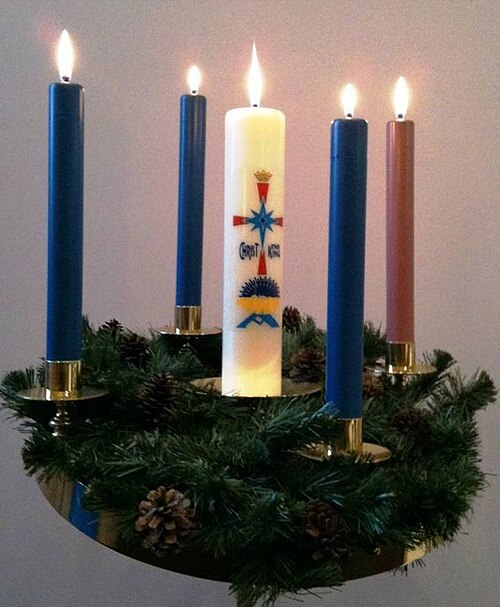
* * * *
The upper image is courtesy of Caravaggio: The calling of Sts Peter and Andrew – Art, which added:
A beardless Jesus gestures Peter (who was still called Simon at the time) and his brother Andrew to follow him: “Come ye after me, and I will make you to become fishers of men.” According to the gospel Peter and Andrew were out fishing on the lake when they were called. Caravaggio gives his own interpretation. Because of his prominence, the man on the left is thought to be Peter. It is only since 2006 that this painting is attributed to Caravaggio…
On the painting see also The Calling of Saints Peter and Andrew – Wikipedia.
The Book of Common Prayer reference: The “corporate-mystical” prayer is on page 339, the post-communion prayer for Holy Eucharist, Rite I.
Feast days are designated days on the liturgical (church) calendar “set aside to commemorate events, saints, or doctrines that are important in the life of the Church. These can range from Solemnities, which are the highest-ranking feast days like Easter and Christmas, to optional memorials that celebrate lesser-known saints.” Feast Days: Celebrating the Church’s Calendar.
On St. Andrew’s Day transferred to the following Monday, see Precedence, Rules of – The Episcopal Church: “Sunday takes precedence over all other feasts and observances of the church year. When a feast of our Lord or other major feast appointed cannot be observed because it occurs on a Sunday, the feast is normally transferred to the first convenient open day in the following week.”
For this post I borrowed from 2014’s St. Andrew, the “First Apostle,” 2016’s On Andrew – “First Apostle” – and Advent, On Advent 2022 – and St. Andrew, and On Advent 2023 – “Happy New (Liturgical) Year!”
The lower image is courtesy of Wikipedia on Advent. The full caption: “An Advent wreath with three blue candles and one rose candle surrounding the central Christ Candle.” The symbolism in full:
The candles symbolize, in one interpretation, the great stages of salvation before the coming of the Messiah; the first is the symbol of the forgiveness granted to Adam and Eve, the second is the symbol of the faith of Abraham and of the patriarchs who believe in the gift of the Promised Land, the third is the symbol of the joy of David whose lineage does not stop and also testifies to his covenant with God, and the fourth and last candle is the symbol of the teaching of the prophets who announce a reign of justice and peace. Alternatively, they symbolize the four stages of human history; creation, the Incarnation, the redemption of sins, and the Last Judgment.
* * * *

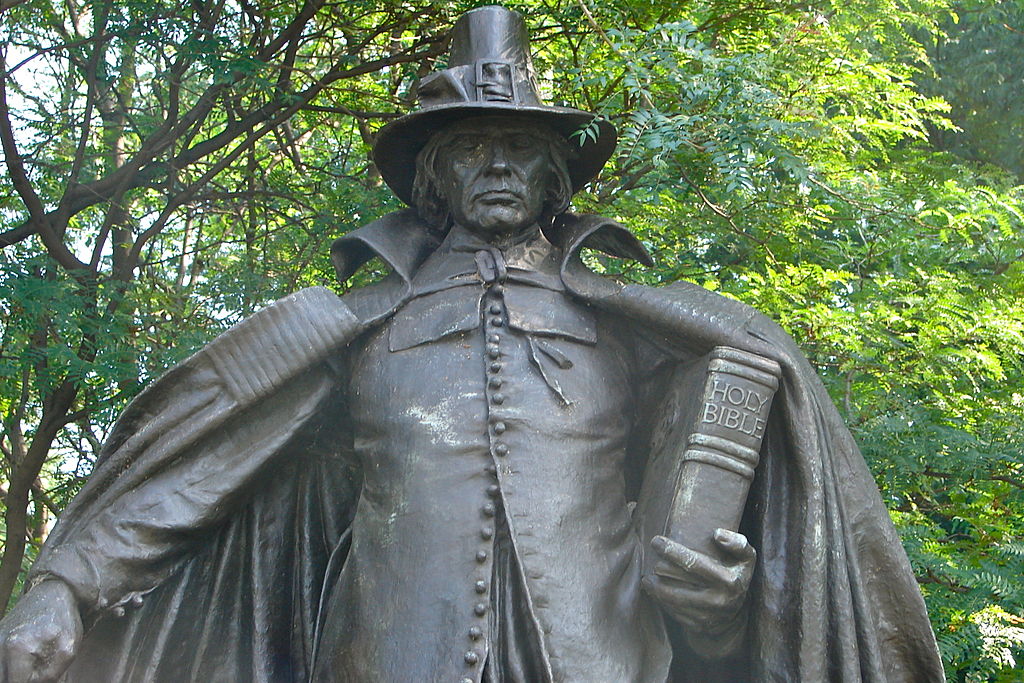

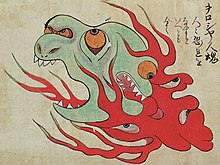

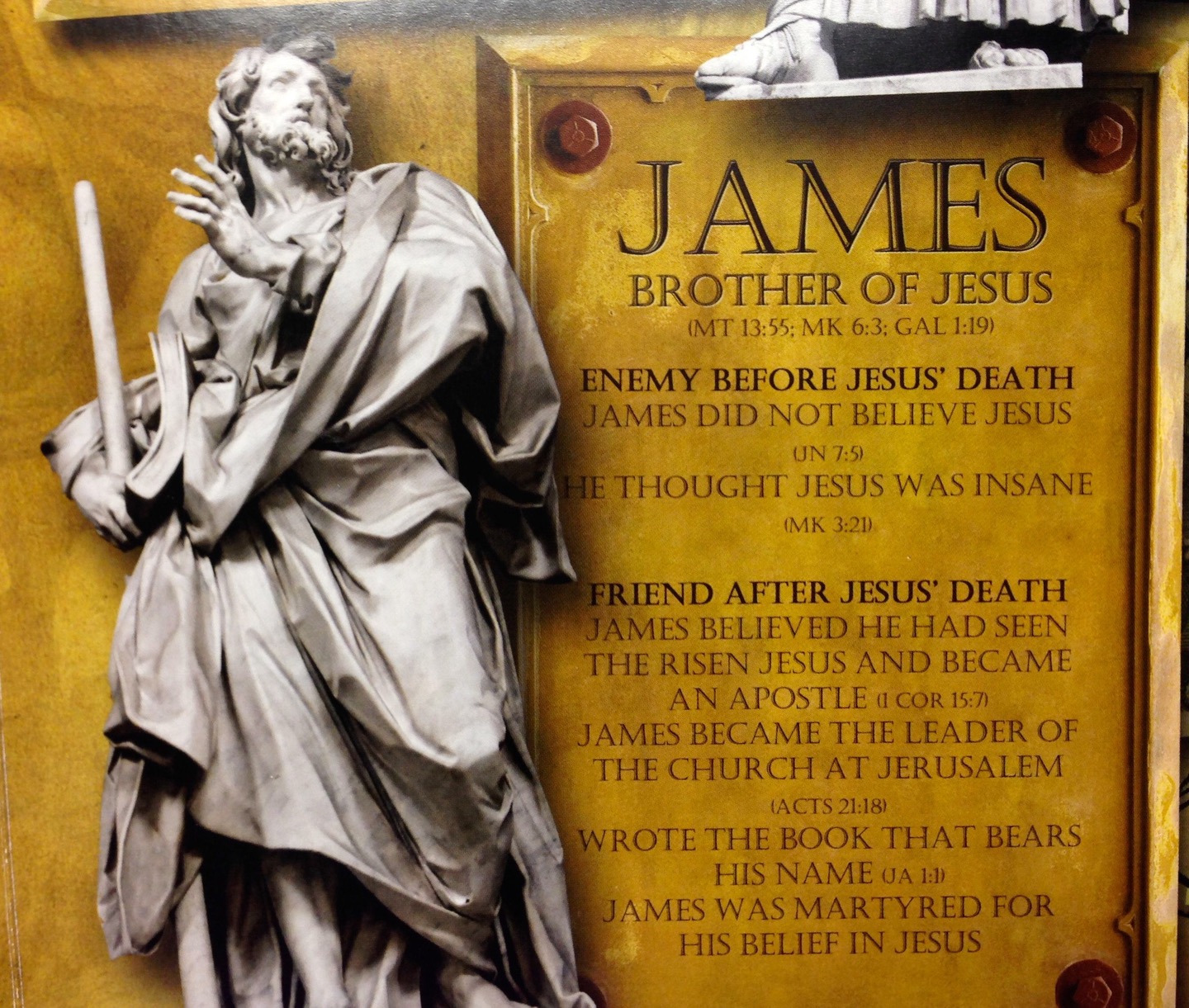




:max_bytes(150000):strip_icc()/1510s-1514-cherubs-from----940251332-5b061176eb97de0037e951cf.jpg)

